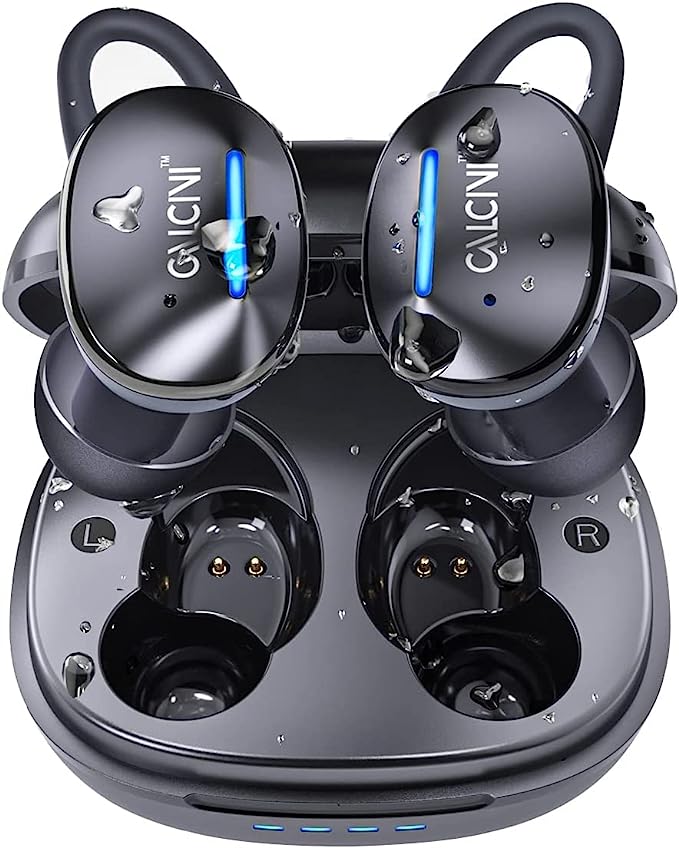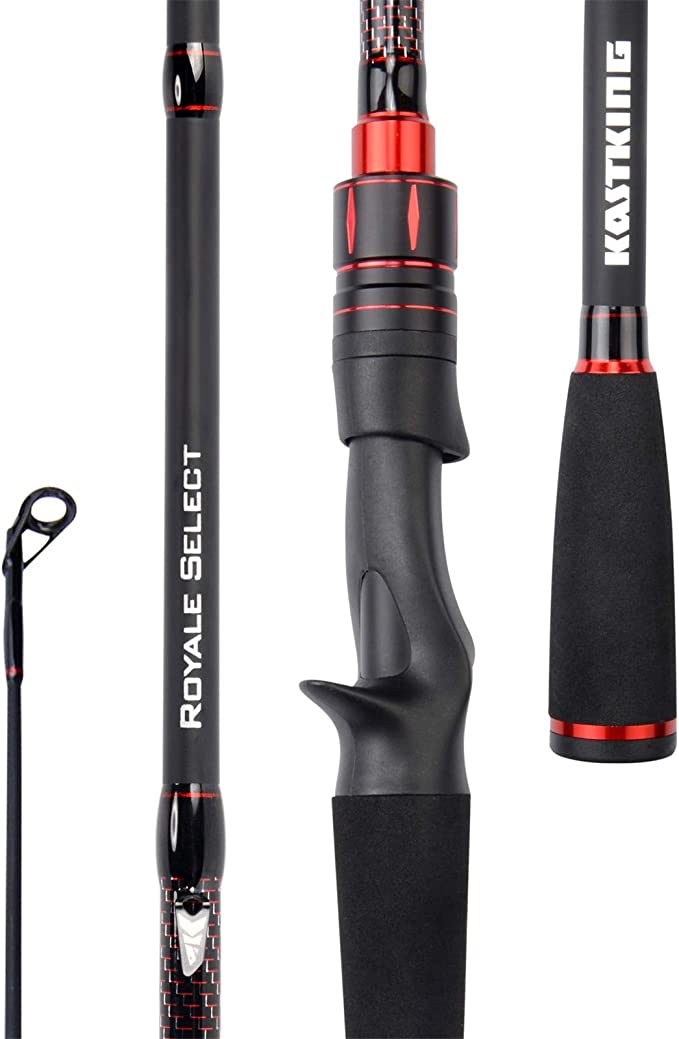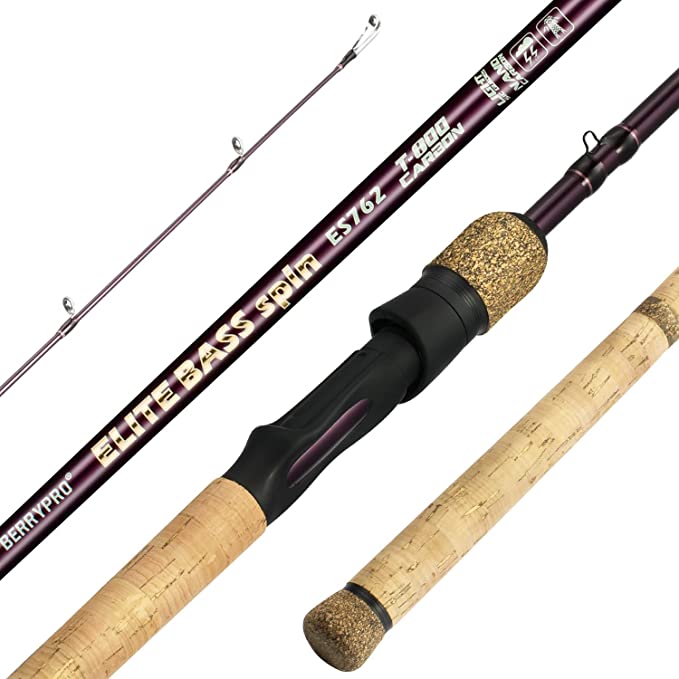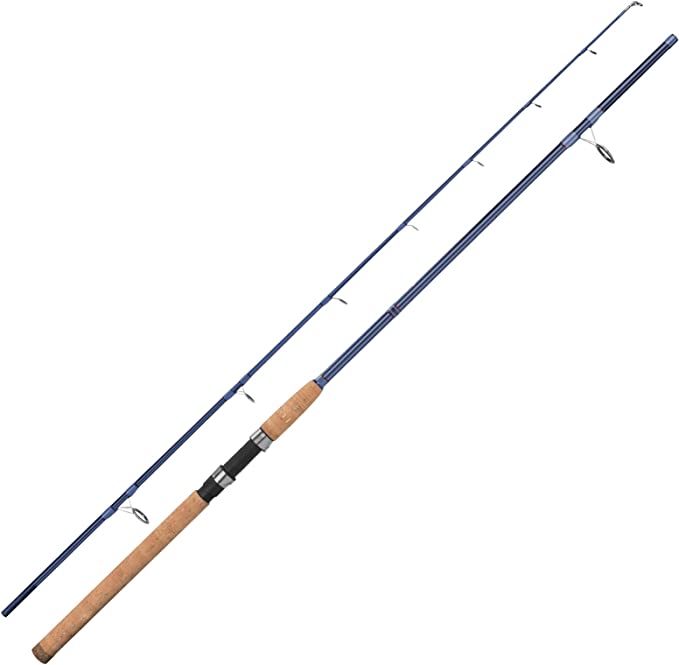The Physics of the Backless Sleep: Engineering the Ultralight Quilt
Update on Nov. 18, 2025, 8:04 p.m.
In the calculus of ultralight backpacking, efficiency is the only variable that matters. For decades, the mummy bag was the standard solution to the thermal equation of sleeping outdoors. However, from a thermodynamic perspective, the traditional sleeping bag contains a fundamental flaw: Compressed Insulation.
When you lie inside a sleeping bag, your body weight crushes the insulation underneath you against the ground. In this compressed state, the delicate structures of down or synthetic fibers collapse, eliminating the air pockets necessary to trap heat. The thermal resistance (R-value) of this compressed layer drops to near zero. It becomes, effectively, Dead Weight.
The Featherstone Moondance 25 Top Quilt represents the engineering solution to this inefficiency. It is not merely a blanket; it is a component of a modular thermal system designed to eliminate dead weight by relying on the sleeping pad for conductive insulation while focusing entirely on convective and radiative heat retention above.

The Science of “Simon”: Decoding ISO 23537
Warmth is subjective; physics is not. To quantify the performance of the Moondance 25, Featherstone utilized the ISO 23537 standard test. This involves “Simon,” a sophisticated thermal manikin equipped with 13 independent temperature sensors and heating elements.
Simon is placed inside the quilt in a climate-controlled chamber. The energy required to maintain Simon’s surface temperature at 34°C (simulating human skin temp) against the cold ambient air is measured. This yields the Clo Value, a measure of thermal resistance. * The Result: The Moondance 25 achieved a T-Limit of 26°F (-3°C). * The Insight: The test data reveals that insulation is not uniform. The footbox (Zones 12 & 13) and the chest (Zone 6) require higher insulation values because these areas are most susceptible to convective heat loss. The quilt’s baffle design is engineered to concentrate down in these critical zones, rather than wasting it underneath the hips where it would be crushed.
Material Physics: 10D Calendered Nylon
The shell of an ultralight quilt must perform a contradictory dance: it must be airtight enough to prevent down from escaping (Down-proof) yet permeable enough to allow moisture vapor from sweat to escape (Breathable).
The Moondance uses 10-Denier (10D) Nylon. “Denier” measures the linear mass density of fibers; 10D is incredibly fine, similar to a spider’s silk. To make this porous mesh down-proof, it undergoes Calendering. * The Process: The fabric is passed between massive heated rollers under high pressure. * The Effect: The heat and pressure flatten the round nylon fibers, spreading them out to seal the microscopic gaps in the weave. This creates a labyrinth that traps down plumes but allows smaller water vapor molecules to pass through, preventing the “clammy” greenhouse effect while securing the insulation.

Hydrophobicity at the Micro Scale: DownTek™
Down is nature’s finest insulator, but it has a fatal weakness: water. Wet down clumps, losing its loft and thermal resistance. The Moondance utilizes DownTek™, a hydrophobic treatment applied at the nano-scale.
By coating the individual filaments of the down cluster with a PFC-free DWR (Durable Water Repellent) polymer, the surface tension of the fiber is altered. Instead of absorbing water, the filaments repel it. * The Impact: In shake tests, untreated down sinks in minutes. Treated down retains its loft (and thus its warmth) for over 1,500 minutes of exposure to moisture. This chemical engineering ensures that the quilt maintains its Clo Value even in the high-humidity environment of a tent condensation event.
The Mechanical Interface: Pad Straps and Draft Control
Eliminating the back of the sleeping bag creates a new challenge: Drafts. If cold air enters from the sides, the convective loop destroys the trapped heat. This is where the Pad Strap System becomes the critical mechanical seal.
The quilt is not a passive cover; it must be mechanically anchored to the sleeping pad. The straps create a tensioned interface, pulling the edges of the quilt under the user or around the pad. This mimics the seal of a mummy bag but allows for adjustment. * Thermodynamic Control: On a warm night (50°F), you loosen the straps to allow convective cooling (venting). On a freezing night (26°F), you tighten them to seal the draft collar, effectively locking the air mass inside. This adjustability gives the quilt a wider usable temperature range than a static bag.

Conclusion: The System Approach
The Featherstone Moondance 25 is a testament to subtractive engineering. By removing the hood, the zipper, and the bottom insulation, it removes weight without removing warmth—provided it is paired with a sleeping pad of appropriate R-value.
It requires the user to understand the physics of their sleep system. You are no longer just zipping up a bag; you are managing thermal layers. For the educated backpacker, this trade-off yields the holy grail of the trail: high thermal efficiency with minimal mass.





















